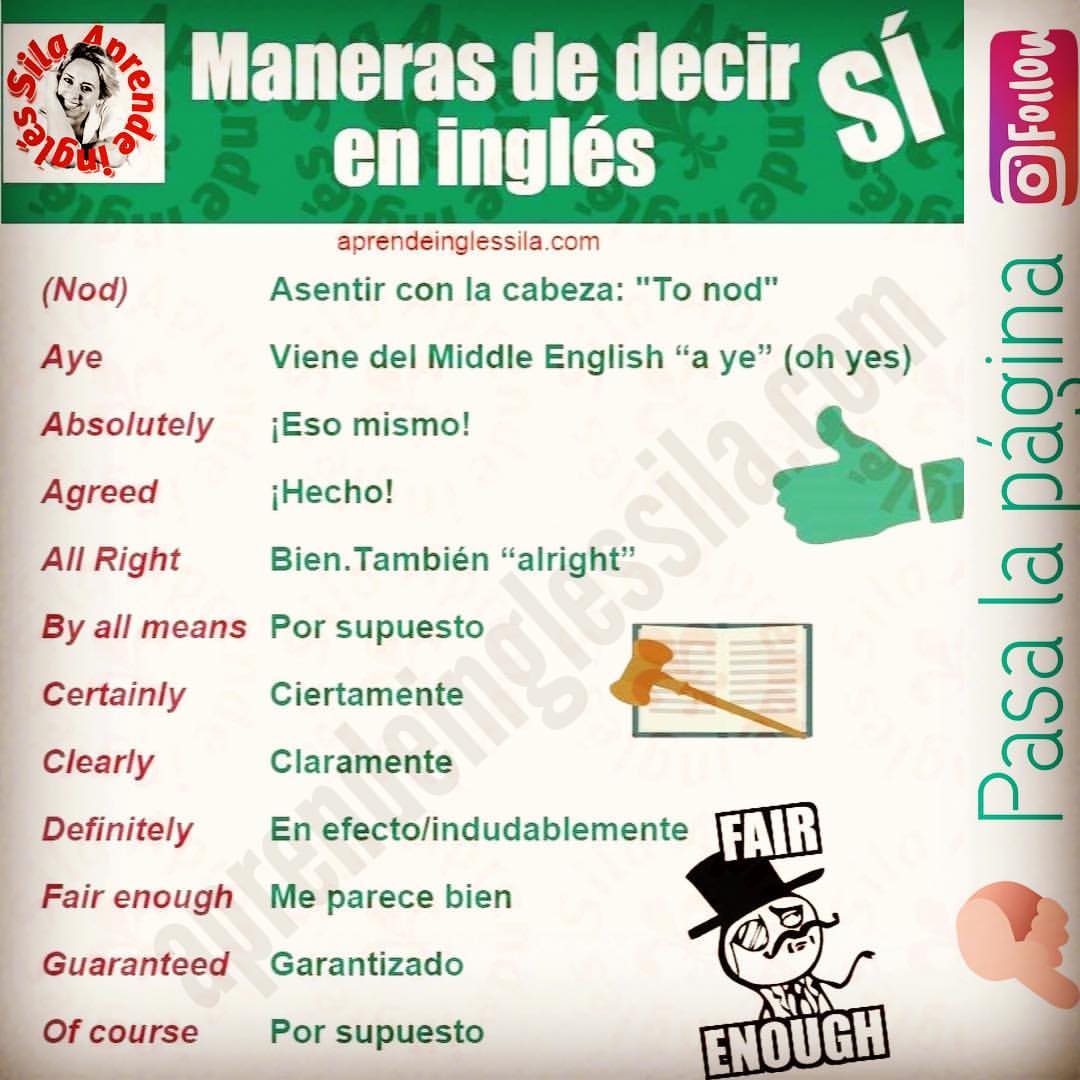Beyond "Bonita": A Rich Vocabulary for Describing Beauty in Spanish
Have you ever found yourself grasping for the right word to describe something beautiful in Spanish, defaulting to the ever-reliable "bonita"? While "bonita" is a perfectly acceptable and common word for "pretty," the Spanish language offers a rich tapestry of synonyms and expressions that can paint a more vivid and nuanced picture of beauty. This exploration goes beyond simply finding alternative words for "pretty" in Spanish. It delves into the cultural significance of beauty and the art of expressing admiration in a way that resonates deeply.
Learning to express beauty in various ways enriches your communication skills and demonstrates a deeper understanding of the language and culture. Imagine describing a breathtaking sunset not just as "bonita," but as "espectacular" or "impresionante." Or perhaps praising a friend's elegant dress as "elegante" or "sofisticada" rather than just "bonita." This expanded vocabulary allows for more precise and expressive communication, conveying a deeper appreciation for the subject of your admiration.
The quest for eloquent expressions of beauty isn't a new phenomenon. Throughout history, poets, writers, and artists have sought the perfect words to capture the essence of beauty in all its forms. In the Spanish-speaking world, this pursuit is deeply embedded in the cultural fabric, reflected in literature, music, and everyday conversations. From the romantic verses of Neruda to the vibrant descriptions in magical realism, the Spanish language offers a wealth of inspiration for those seeking to expand their vocabulary of beauty.
One of the main issues with relying solely on "bonita" is the risk of sounding repetitive or lacking in descriptive power. Just as English offers a plethora of synonyms for "beautiful" (stunning, gorgeous, charming, etc.), Spanish boasts a vast lexicon to express different shades and facets of beauty. This allows you to tailor your language to the specific context and convey a more precise meaning. "Linda," for instance, carries a sense of sweetness and innocence, while "preciosa" implies something precious and valuable.
Understanding the nuances of these different words is key to using them effectively. For example, "hermosa" is often used to describe physical beauty, particularly in women, while "bello" is more commonly used for objects and abstract concepts. "Atractivo/a" can refer to physical attractiveness, but also to something that is appealing or interesting. Exploring these subtle differences allows you to choose the most appropriate word to convey your intended meaning.
Expanding your vocabulary beyond "bonita" allows you to express yourself more precisely and eloquently. Whether you are complimenting a friend, describing a work of art, or expressing your appreciation for the natural world, having a rich vocabulary at your disposal allows you to communicate with greater depth and nuance.
Frequently Asked Questions:
1. What are some other ways to say "bonita" in Spanish?
Answer: Some alternatives include hermosa, linda, preciosa, bella, atractiva, guapa, encantadora.
2. What is the difference between "bonita" and "hermosa"?
Answer: While both mean beautiful, "hermosa" is often considered more formal and is frequently used to describe physical beauty.
3. How do I choose the right word to describe beauty in Spanish?
Answer: Consider the context, the object of your description, and the specific nuance you want to convey.
4. Are there regional variations in the use of these words?
Answer: Yes, some words may be more common or carry different connotations in certain regions.
5. What are some other ways to express admiration in Spanish?
Answer: You can use phrases like "qué bonito/a," "me encanta," "es admirable," or "es impresionante."
6. Can I use these words to describe men?
Answer: Yes, words like "guapo," "atractivo," and "bello" are commonly used to describe men.
7. Where can I learn more about Spanish vocabulary?
Answer: Online dictionaries, language learning apps, and Spanish textbooks are excellent resources.
8. What are some common mistakes to avoid when using these words?
Answer: Be mindful of gender agreement and the specific connotations of each word.
In conclusion, while "bonita" is a useful and common word, venturing beyond it unlocks a world of expressive possibilities in Spanish. By embracing the richness and diversity of the language, you can paint more vivid pictures with your words, convey deeper emotions, and connect more profoundly with the Spanish-speaking world. So, the next time you want to express admiration, remember the vibrant tapestry of words at your disposal and choose the one that perfectly captures the essence of the beauty you behold. This journey of linguistic exploration not only enhances your communication skills but also deepens your appreciation for the beauty of the Spanish language itself.
Understanding 3 phase transformer schematic symbols
Yamaha outboard tilt trim your ultimate guide
The enduring mystery who was wong fu














